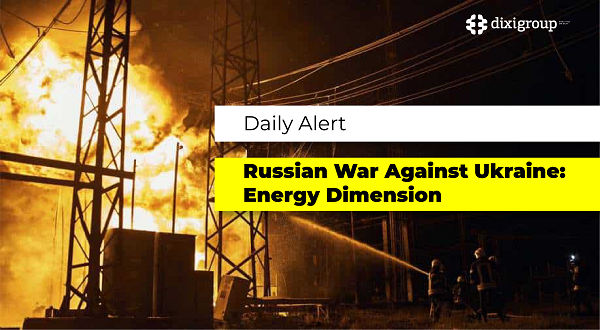Scientists published the consequences of the dam collapse two years ago
Among the findings are the degradation of 75% of vegetation cover, large-scale fires and moisture shortages, pollution of the water area of 6,800 km², an agrarian crisis, and microclimatic changes
Scientists from the Kherson State Agrarian and Economic University conducted a comprehensive scientific and sociological study regarding the Russian military's bombing of the Kakhovka hydroelectric power station dam two years ago, on June 6, 2023. The results of the analysis were published on SuperAgronom.com
Scientists studied an area of up to 11 million hectares, including the area of the former Kakhovka reservoir, the Dnieper-Bug estuary system, adjacent irrigated lands, and the Black Sea coast.
It is indicated that the analysis was carried out using satellite data Sentinel-2, Sentinel-3, Landsat 8–9 and the results of field surveys. The information is presented based on the results of comprehensive research by professors of Kherson State Agrarian and Economic University Vitaliy Pichura and Larysa Potravka.
In general, based on the results of the analysis of Kherson scientists at Ukrhydroenergo, several points of the environmental consequences of the disaster are highlighted.
Drainage of the reservoir and degradation of natural ecosystems:
- By September 2023, the area of the territory covered by vegetation was 52.4 thousand hectares. Spring floods in 2024 temporarily flooded about 70% of the drained bed, which led to an increase in vegetation cover to 135 thousand hectares (of which 48 thousand hectares are woody vegetation, 87 thousand hectares are marsh and meadow).
- In July 2024, due to abnormal heat (+40.5–42°C), mass drying of plants began: 75% of the territory showed signs of degradation, 43.5% had a significant level of vegetation disturbance.
- In the summer of 2024, fires were recorded on an area of 320 hectares.
- At the end of April 2025, due to a deficit in precipitation and snow cover, the restoration of spring vegetation was suppressed, and plant burnout was recorded on an area of 2,000 hectares (17 areas).
Pollution of the Dnieper-Bug estuarine system and the Black Sea:
- As a result of the leaching of plant residues and bottom sediments with toxic substances, pollution of an area of 6,800 km² was recorded, in particular in freshwater and marine ecosystems.
- The concentration of pollutants in a number of locations exceeded permissible values by 1.1–51.8 times.
- The deterioration of the hydrological regime led to stagnation of water, an increase in the concentration of algae and excessive accumulation of chlorophyll (up to 2.9 times higher than normal).
- In 2025, a decrease in the volume of water discharges from the Dnipro Hydroelectric Power Plant further deepened the shallowing of the Dnieper Delta.
Climate change and agrarian crisis:
- In the region of the Kakhovka reservoir, microclimate changes have been recorded: disruption of moisture circulation, reduction of snow cover, drought.
- A significant reduction in the area of irrigated land has led to an agrarian crisis in southern Ukraine, loss of yield and income of farmers.
- Spring 2025 is critical: high level of water stress for plants due to lack of moisture.
Socio-economic consequences:
- The loss of the reservoir has led to the disappearance of water supply for Kherson, Zaporizhia, Dnipropetrovsk and Mykolaiv regions.
- Mass unemployment and migration from agricultural areas where an effective irrigation system previously existed.
- Increased risk of desertification of territories in the medium term.
As reported by "Ukrainian Energy", Ukrhydroenergo is ready to restore the Kakhovka HPP immediately after the liberation of the occupied territories. This was stated by the acting general director of Ukrhydroenergo, Bohdan Sukhetsky.









